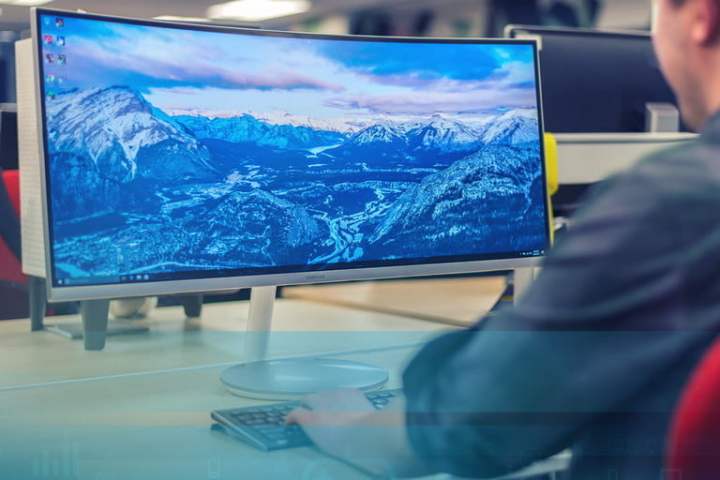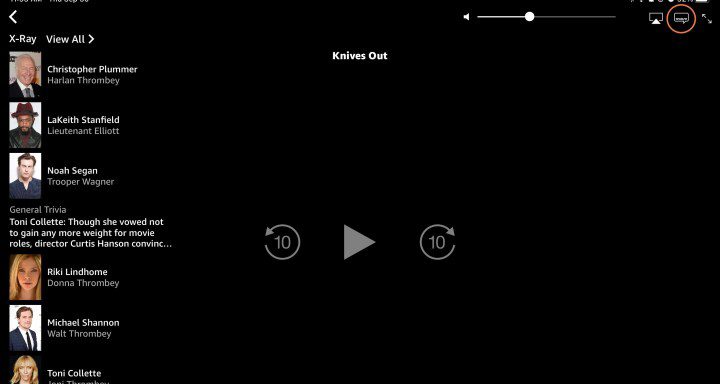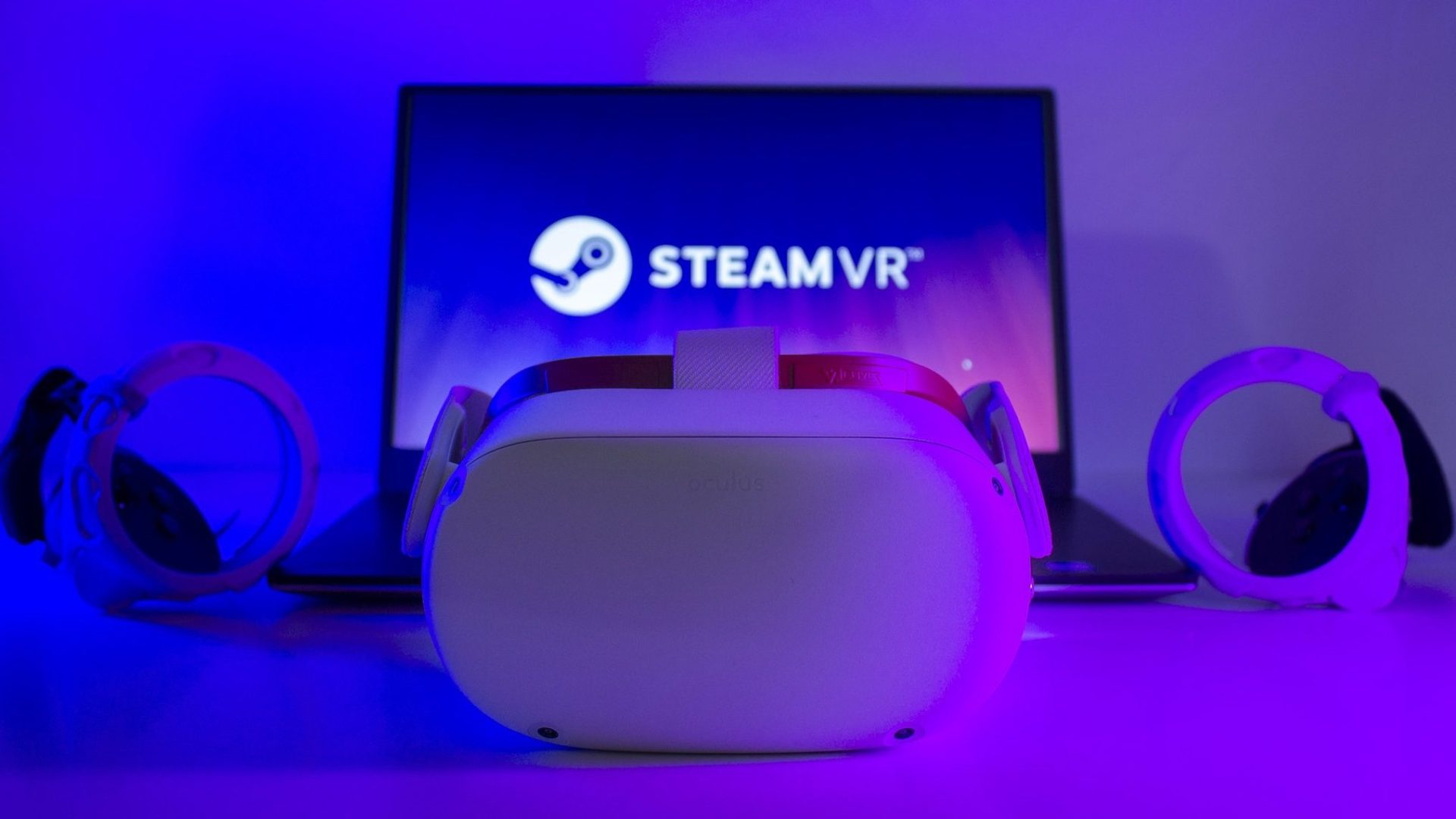Two overturned lunar landers go to sleep during a lunar night, they may not survive
Lunar night has returned again, presenting another test for the two landers recently arrived on the Moon’s surface. Japan’s SLIM spacecraft and Intuitive Machines’ Odysseus fell asleep during the two weeks of darkness, both teams confirmed late this week. There is no guarantee that they will be able to resume operations afterwards, but they will […]

Lunar night has returned again, presenting another test for the two landers recently arrived on the Moon’s surface. Japan’s SLIM spacecraft and Intuitive Machines’ Odysseus fell asleep during the two weeks of darkness, both teams confirmed late this week. There is no guarantee that they will be able to resume operations afterwards, but they will attempt to reestablish contact when the time comes.
Even though solar-powered landers weren’t built to withstand the frigid lunar night, SLIM – which has been on the Moon since January 19 – has already defied all odds before making it out last month. This will be the first lunar night for Ulysses, who landed on February 22.
On March 1 at 3 a.m. JST, the sun set over Shioli Crater and #THIN entered a period of dormancy. Although the likelihood of an outage increases with severe and repeated temperature cycles, SLIM operation will attempt to resume at sunrise (late March). #HappyAfterMoon pic.twitter.com/RHxNX1cmBF
– Small SLIM Moon Landing Demonstration Vehicle (@SLIM_JAXA) March 2, 2024
The missions, although successful to the extent that the spacecraft survived their respective descents to the surface, constitute another example of the difficulty of landing on the Moon; both landers fell, leaving them stuck in non-ideal positions. SLIM face planted, and Ulysses broke a leg and toppled over to the side.
SLIM was able to capture some images of the surface, and the team shared another glimpse of Shioli Crater from its vantage point on Thursday before shutting down. Odysseus also sent some photos from its wide-angle camera, including a final transmission before lunar night that shows part of the lander and the surface of the moon, with a small crescent of Earth in the distance. But the world has been eagerly awaiting the EagleCam’s third-person POV photos taken by Embry-Riddle Aeronautical University students, who hitched a ride with Odysseus. Unfortunately, that doesn’t seem likely at this point.
Before his power was exhausted, Odysseus completed a fitting farewell transmission. Received today, this image from February 22 highlights the crescent Earth in the background, a subtle reminder of humanity’s presence in the universe.
Good night, Odie. We hope to hear from you… pic.twitter.com/RwOWsH1TSz
– Intuitive Machines (@Int_Machines) February 29, 2024
The camera was not deployed as originally planned until the time of landing, and although Intuitive Machines said this week Although the team was able to power it up and eject it after Ulysses reached the surface, communications with the camera are not working so far. “The Embry-Riddle team is working on this and fighting to see if there is anything they can do,” Steve Altemus, CEO of Intuitive Machines, said Wednesday. The onset of lunar night will not improve these chances.














